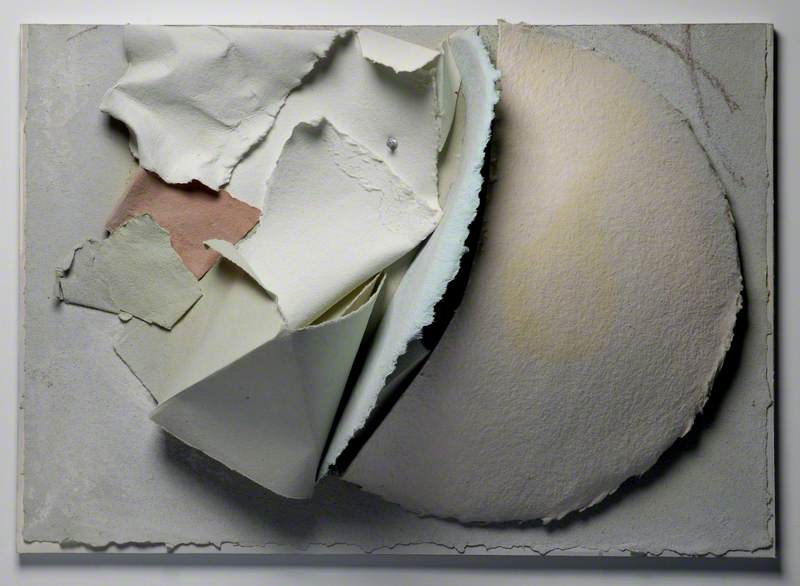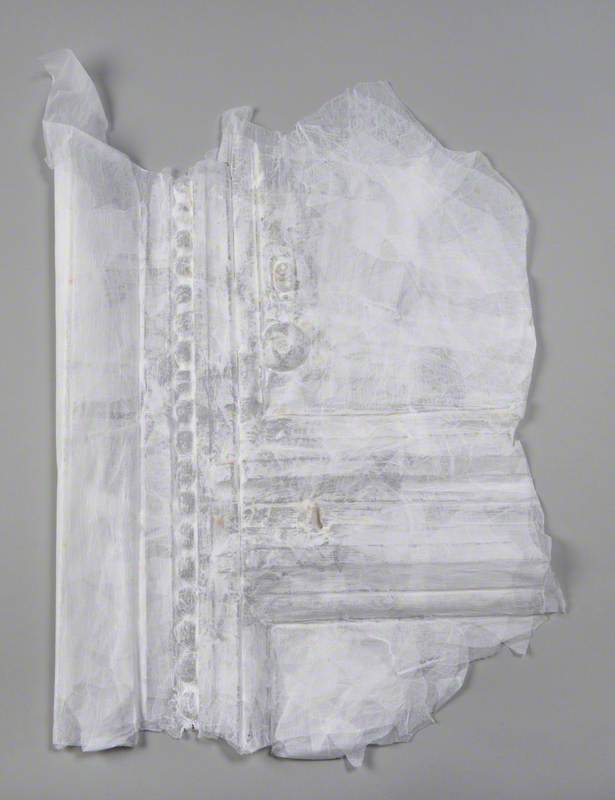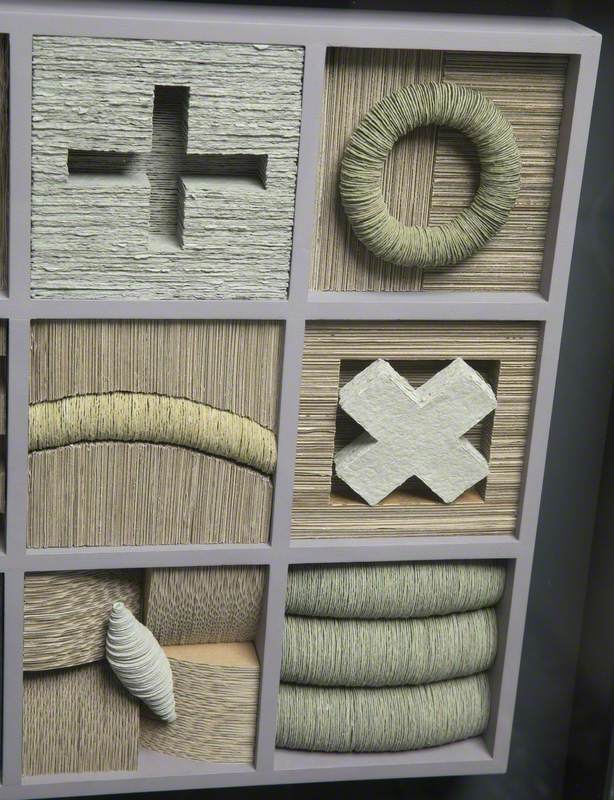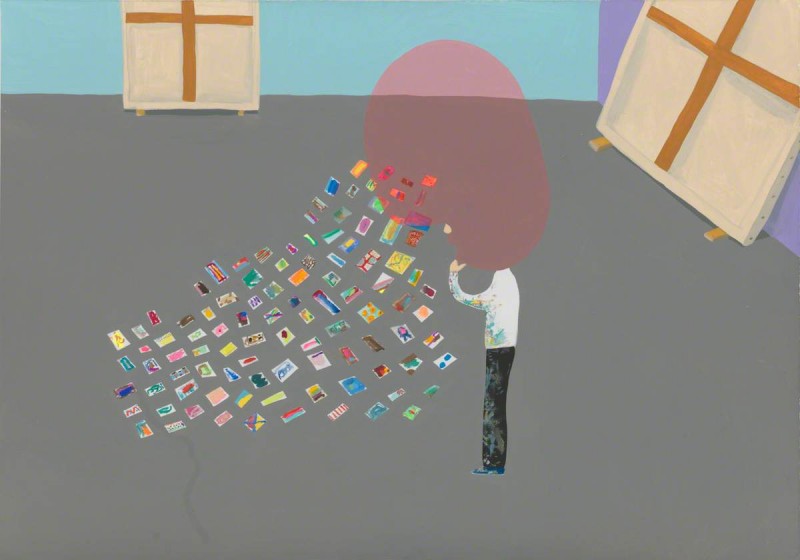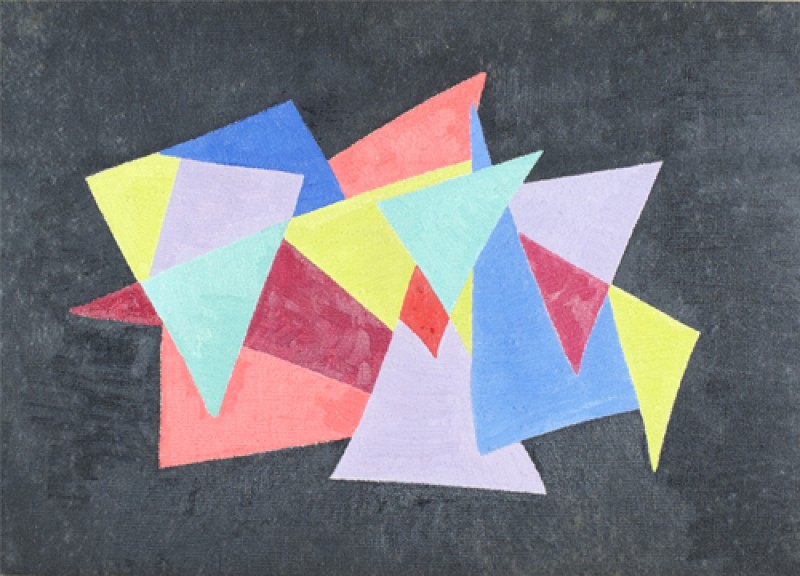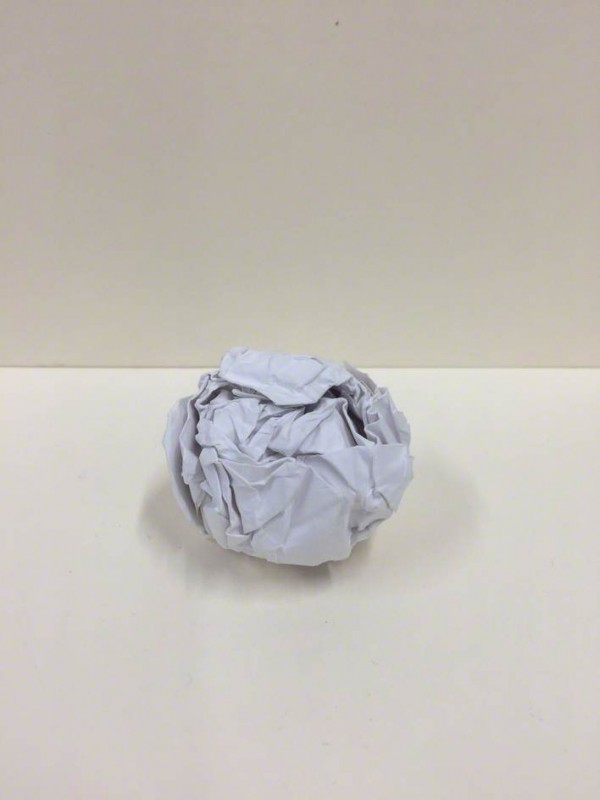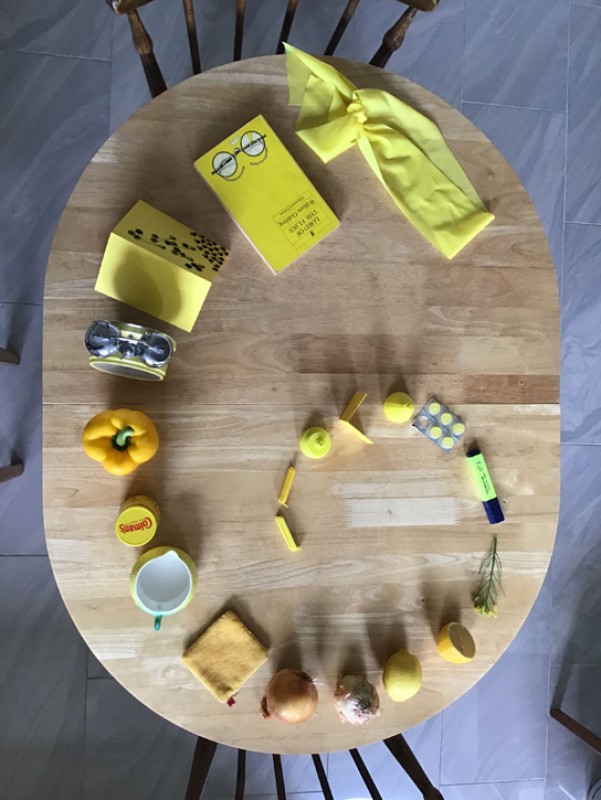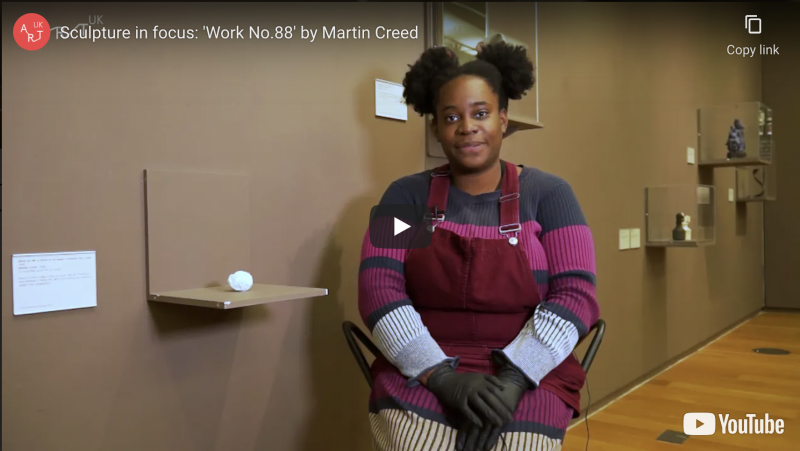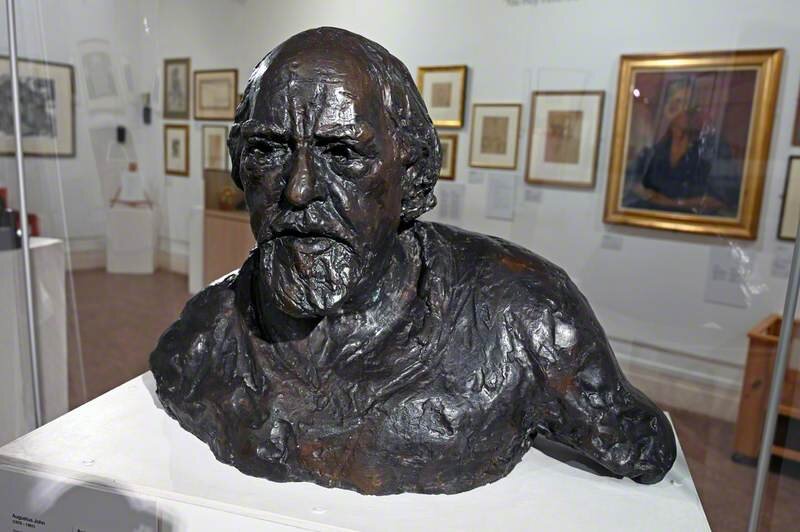Sculpt with paper pulp
This activity sets out how to make paper pulp and mould it into sheets. Once dried, students can use the paper sheets as they would any other textured paper, for example for collaging with or painting on. However, you may wish to explore with your class the opportunities damp or semi-dried paper pulp sheets present for sculpture.
Several artists have used paper pulp to create 3D artworks. Valérie Jolly presses layers of sticky, wet tissue paper onto objects or architectural features. Once dried and carefully peeled away, the paper produces a lightweight cast of the original object. Anthony Caro would press paper pulp onto smooth plaster forms, then cut, fold, squash and join the dried sheets to create sculptures. Susan Cutts moulds sheets of damp paper pulp over human forms that she makes from fabric and stuffing and coats with wax, so that the dried, rigid paper clothes can be removed from their form and stand on their own, as if worn by an invisible person.
